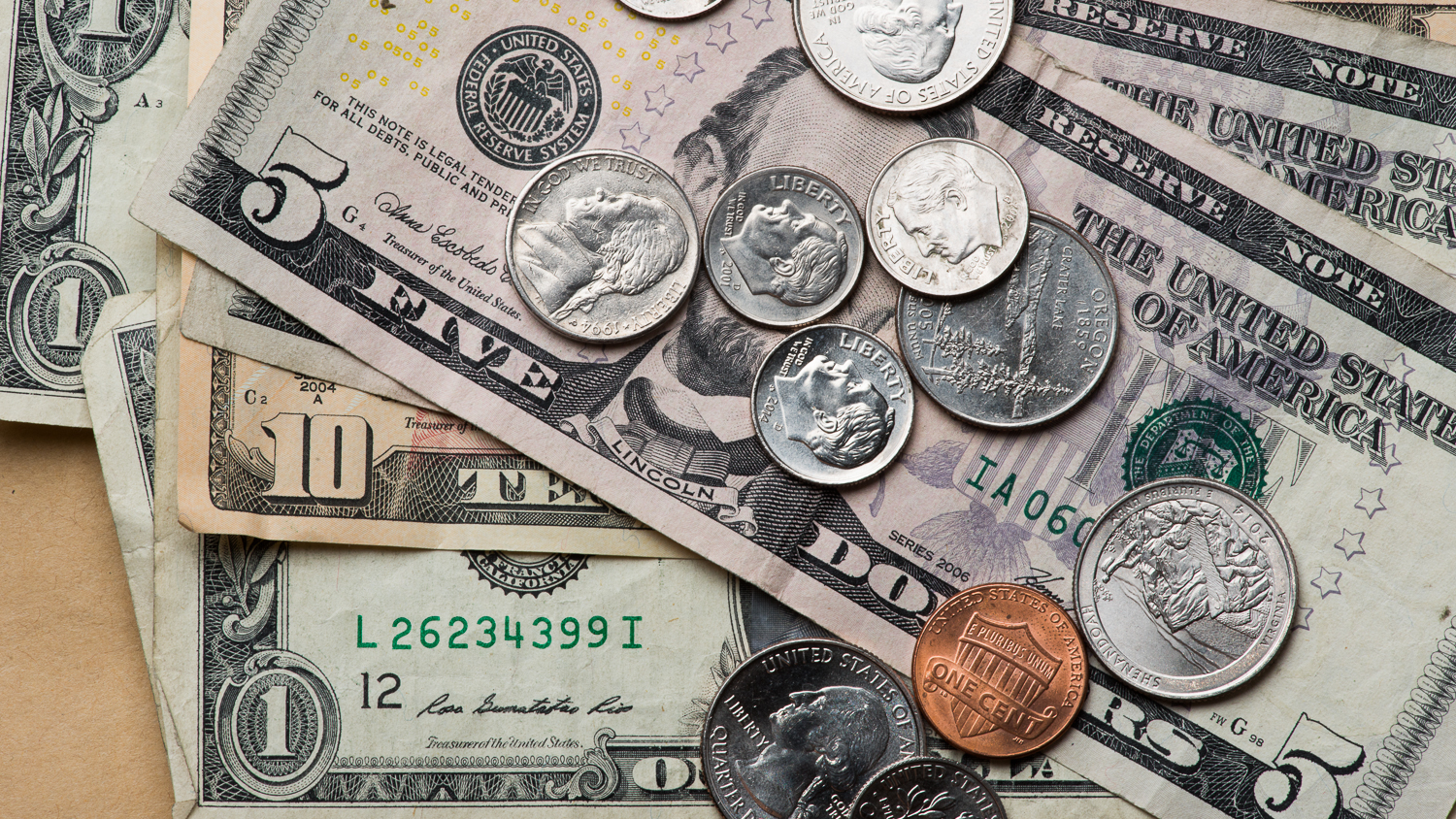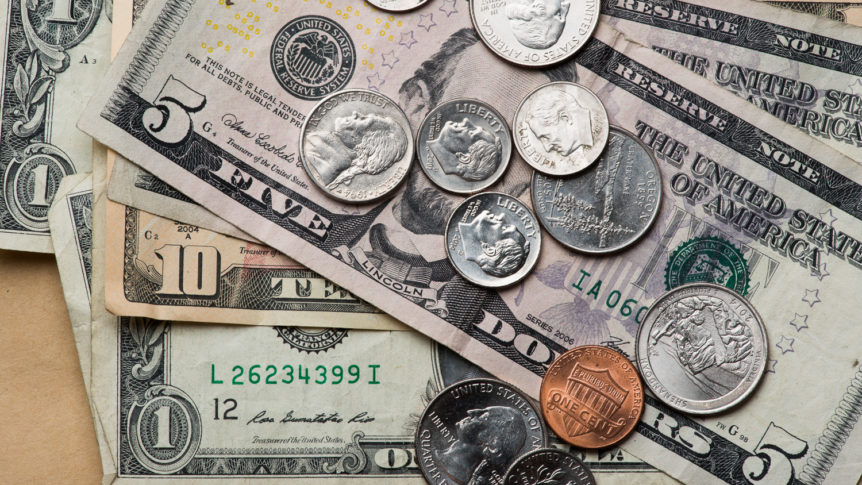
Welcome to self-employment taxes 101.
Self-employment taxes are one of the least glamorous, and let’s be honest, most annoying parts of owning a business. But I have good news for you! Once you get a system in place for taking care of them, it’s one less thing you need to worry about. I’ll explain some basics about the tax as well as how you can make sure you always have money in the bank to pay it.
Let’s get started by talking about what self-employment taxes actually are. The tax is made up of two parts:
Part 1: Social Security tax (12.4%)
Part 2: Medicare tax (2.9%)
For 2014, the Social Security tax is on the first $117,000 of earnings (self-employment earnings and employee earnings combined). Keep in mind though, there’s income tax (which varies from person to person) in addition to this self-employment tax and there isn’t an employer withholding it for you! Go here for an easy-to-read table if you want to estimate the income tax.
Now that you know how to calculate the self-employment tax, let’s talk about who has to pay it. If your net self-employment income is $400 or more, you will be required to pay the tax. If you fall below that amount for the year, you won’t be assessed the tax.
If you’re looking for a way to save tax, my best advice is to make sure you are taking all of the business deductions you’re entitled to. Some of these commonly missed deductions are: home office, health insurance, mileage and education. Each of these could be a whole article on their own, so I’ll save those details for another day. Just don’t dismiss them because you don’t feel like tracking or you’re afraid of an audit. If the expenses are truly a business expense and you have documentation, you should never fear an audit!
Make sure you always have money in the bank to pay both your self-employment and income taxes. Create a separate savings account to set aside your tax money. Usually moving 30% of your net income (income less expenses) out of your day-to-day checking account is enough to cover the taxes you’ll be assessed. To get a more exact number to save, you’ll want to talk to your accountant so they can take into account several other factors.
Federal and State estimated tax payments that will cover your self-employment tax and income tax can be made quarterly. These payments are optional and only required if the tax due on your Federal return will be more than $1,000. Each state has its own rules on this, so check with the state’s department of revenue. The Federal estimated payments can be made online at EFTPS.gov and are due on the following dates:
Quarter 1 – April 15
Quarter 2 – June 15
Quarter 3 – September 15
Quarter 4 – January 15
The due dates may change slightly from year to year, depending on if they fall on a Sunday or holiday.


